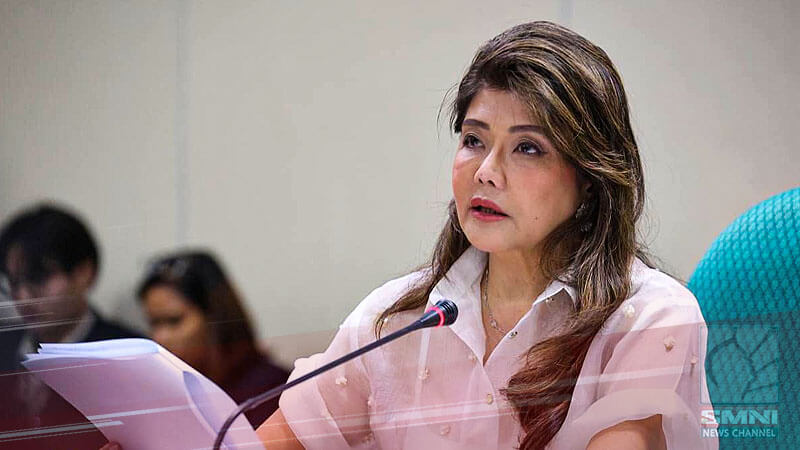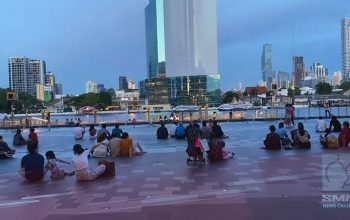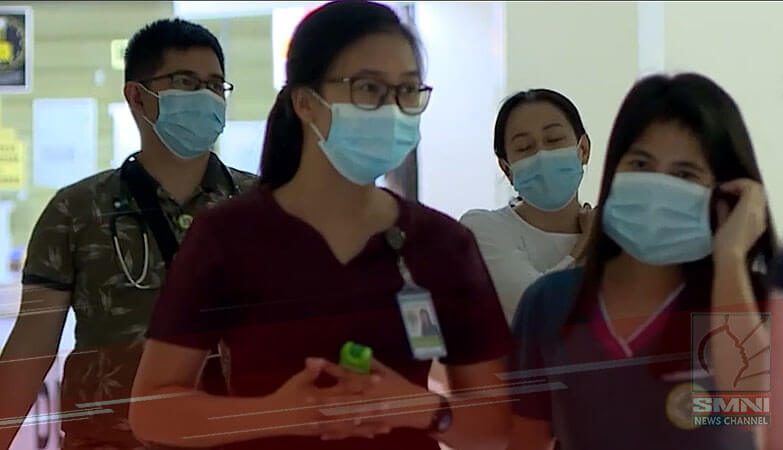SENATOR Imee Marcos called the government’s proposal to lower the rice tariff from 35% to 15% a “ham-fisted” solution to bring down the high cost of rice for consumers.
Marcos issued the statement Thursday in Nueva Ecija, ahead of the announcement of national winners of the Young Farmers Challenge, an annual competition offering financial grants for innovative ideas in crop, livestock, and fish production, which she conceived and the Department of Agriculture (DA) has implemented since 2021.
The senator said lowering the rice tariff would benefit foreign suppliers exporting rice to the Philippines but ruin the livelihood of local farmers who could not compete with cheaper rice imports.
“Apart from high rice prices in the global market, rice-exporting countries know that we need to import rice and are taking advantage of it, neutralizing the intended effect of a lower tariff,” she explained.
Marcos also pointed out that past rounds of lowering rice tariffs, from 50% to 40% and now 35%, have not resulted in lower prices in wet markets.
At present, the price of the cheapest regular milled rice hovers at about 50 pesos per kilo, reflecting an increase of 19% to 47% from year-ago prices of 34 to 42 pesos per kilo, according to the DA’s Bantay Presyo.
The senator also cited the absence of consultation by the National Economic Development Authority (NEDA) with the Department of Agriculture and other stakeholders in the rice industry before recommending that the rice tariff be slashed and remain in effect until 2028.
“Lowering the rice tariff should only be an emergency measure, usually lasting six months to one year. Is NEDA projecting that the country will be in a rice emergency until 2028?” she asked.
The NEDA has not shown the public a cost analysis to prove that lowering rice tariffs would bring lower prices.
Marcos’s computation puts into question NEDA’s claim of being able to lower the cost of rice to 29 pesos per kilo within the year.
The cost of imported rice that’s 5% broken is about $670 per metric ton, including shipping costs of about $35. At an exchange rate of 58.5 pesos to the dollar, one metric-ton shipment of 20 sacks containing 50 kilos of rice each would put the price per sack at 1,959.75 pesos.
Applying a 15% tariff would raise the price per sack to 2,253.71 pesos. With 50 kilos in each sack, a kilo of rice would cost 45.07 pesos – far from the 29 pesos claimed by NEDA.
‘’Hardly any importer buys cheaper 25% broken rice because there’s less profit,’’ Marcos said.
Marcos emphasized that importation cannot be a long-term solution for the country to attain rice sufficiency, urging instead the lease of uncultivated public land to farmers and the expansion of contract farming.
“We have no economies of scale. Farmers must consolidate to increase the country’s rice supply, stabilize prices, and earn a decent income,” she said, citing that the average Filipino farmer tills only about two hectares of land.
The senator added that contract farming would also allow farmers to better negotiate a fixed farmgate price with buyers of their crops even before planting has started.











